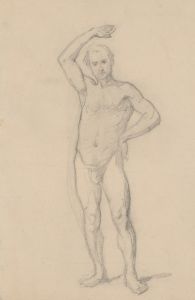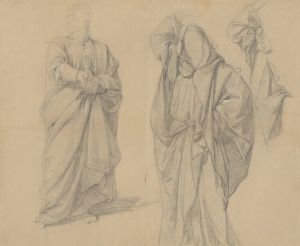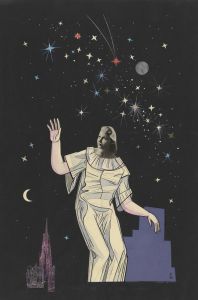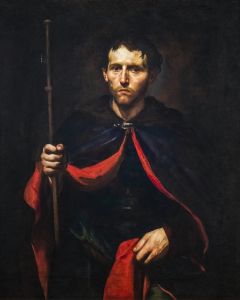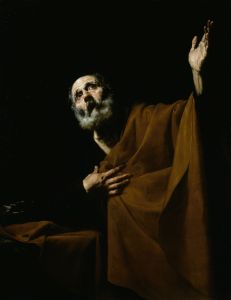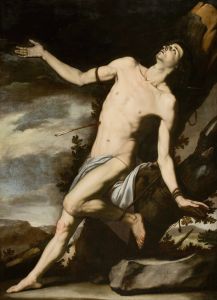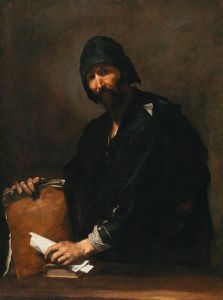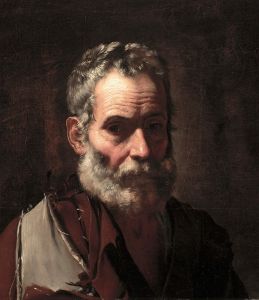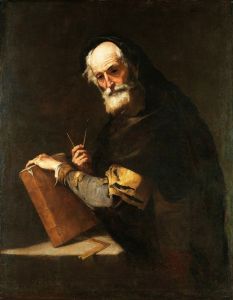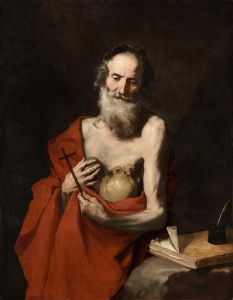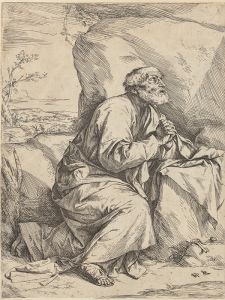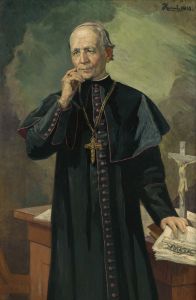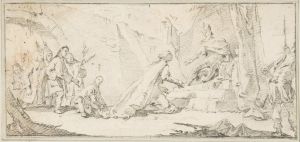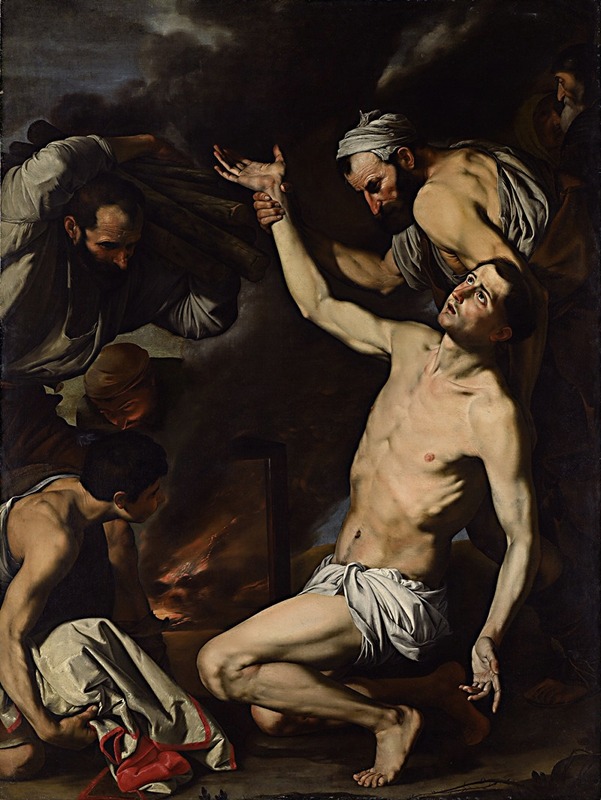
Martyrdom Of St Lawrence
A hand-painted replica of Jusepe de Ribera’s masterpiece Martyrdom Of St Lawrence, meticulously crafted by professional artists to capture the true essence of the original. Each piece is created with museum-quality canvas and rare mineral pigments, carefully painted by experienced artists with delicate brushstrokes and rich, layered colors to perfectly recreate the texture of the original artwork. Unlike machine-printed reproductions, this hand-painted version brings the painting to life, infused with the artist’s emotions and skill in every stroke. Whether for personal collection or home decoration, it instantly elevates the artistic atmosphere of any space.
Jusepe de Ribera's Martyrdom of St. Lawrence is a Baroque painting that depicts the martyrdom of Saint Lawrence, a Christian deacon who was executed in the 3rd century during the persecution of Christians under the Roman Emperor Valerian. The painting is attributed to Ribera, a Spanish painter who spent most of his career in Naples and is known for his dramatic use of chiaroscuro and his focus on religious and mythological subjects.
The artwork portrays the moment of Saint Lawrence's martyrdom, which, according to Christian tradition, occurred by roasting him alive on a gridiron. Ribera's composition captures the intense emotional and physical suffering of the saint, a hallmark of his style that emphasizes human vulnerability and the spiritual transcendence of pain. The painting is characterized by its dramatic lighting, with a strong contrast between light and shadow, which draws attention to the central figure of Saint Lawrence and heightens the emotional impact of the scene.
Ribera's depiction of Saint Lawrence aligns with the Counter-Reformation emphasis on the veneration of saints and the power of their sacrifice. The artist's ability to convey raw emotion and physical realism reflects his mastery of the Baroque aesthetic, which sought to engage viewers and evoke a visceral response. The painting also demonstrates Ribera's skill in rendering the human form, with meticulous attention to anatomical detail and the textures of skin, fabric, and other materials.
The exact date of the painting is not definitively established, but it is generally attributed to Ribera's mature period, during which he produced many of his most celebrated works. The painting is housed in the Museo del Prado in Madrid, Spain, which holds a significant collection of Ribera's works. The museum's catalog notes the painting as an important example of Ribera's ability to combine dramatic narrative with technical precision.
As with many of Ribera's works, Martyrdom of St. Lawrence reflects the influence of Caravaggio, particularly in its use of tenebrism and its focus on the physicality of the human body. Ribera's interpretation of the subject, however, is distinct in its unflinching portrayal of suffering and its emphasis on the saint's spiritual fortitude.
This painting remains a significant example of Baroque religious art and continues to be studied for its artistic and historical importance.





